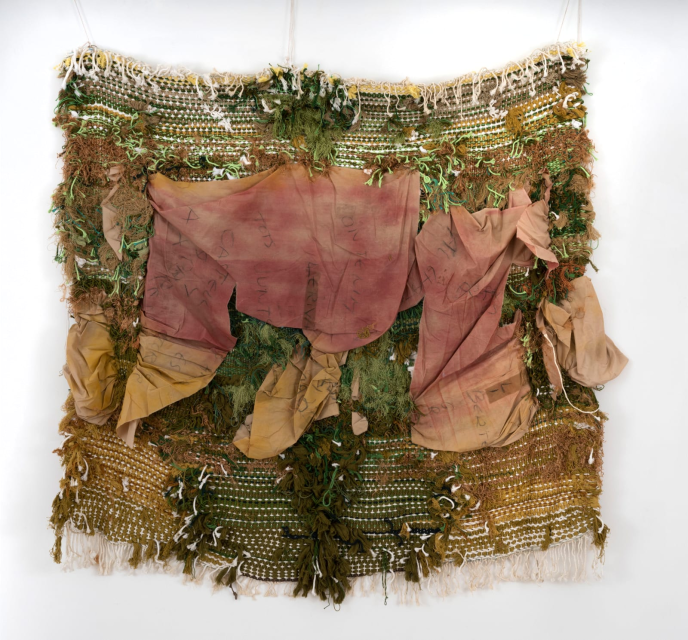TITLE_NAME :
JOSEP GRAU-GARRIGA
24/02/2023 - 15/04/2023
NATHALIE OBADIA
8 rue Charles Decoster
1050 Bruxelles
Galerie Nathalie Obadia is pleased to present Grau-Garriga. L'expérience imaginée, the third solo exhibition of the artist Josep Grau-Garriga in the gallery in Paris, rue du Cloître Saint-Merri. His paintings are held in important collections and museums around the world, such as the Musée d'Art Moderne de la Ville de Paris, the MACBA in Barcelona and the Metropolitan Museum of Art in New York.
A classical training in painting can, paradoxically, allow the artist to achieve an utter liberty: Pablo Picasso is the most eloquent example of this kind. Josep Grau-Garriga, born in 1929 in Sant Cugat del Vallès near Barcelona, began by learning drawing at the San Jordi School of Fine Arts; he painted his first frescoes at the Hermitage of San Crist de Lleceres, in the tradition of Catalan medieval mural art. The artist gradually shifted towards heterodoxy, adopting an experimental and daring practice, thereby leaving a powerful legacy: his great mastery of the art of tapestry and painting has given his creations a high degree of freedom, both in the form used and the content expressed. Arnau Puig points out in the reference book on the artist: "Inside him was confirmed a project that he was gradually pursuing, which consisted in demystifying the high traditional value given to the art of weaving in order to make it an act, no longer of submission to established principles and rules, but one of creative and expressive freedom"¹. Matter becomes an expressive force. Superpositions and insertions of materials enhance everyday objects, giving rise to unique textural impressions and reliefs all becoming progressively part of his creative resources over the years.
24/02/2023 - 15/04/2023
NATHALIE OBADIA
8 rue Charles Decoster
1050 Bruxelles
Galerie Nathalie Obadia is pleased to present Grau-Garriga. L'expérience imaginée, the third solo exhibition of the artist Josep Grau-Garriga in the gallery in Paris, rue du Cloître Saint-Merri. His paintings are held in important collections and museums around the world, such as the Musée d'Art Moderne de la Ville de Paris, the MACBA in Barcelona and the Metropolitan Museum of Art in New York.
A classical training in painting can, paradoxically, allow the artist to achieve an utter liberty: Pablo Picasso is the most eloquent example of this kind. Josep Grau-Garriga, born in 1929 in Sant Cugat del Vallès near Barcelona, began by learning drawing at the San Jordi School of Fine Arts; he painted his first frescoes at the Hermitage of San Crist de Lleceres, in the tradition of Catalan medieval mural art. The artist gradually shifted towards heterodoxy, adopting an experimental and daring practice, thereby leaving a powerful legacy: his great mastery of the art of tapestry and painting has given his creations a high degree of freedom, both in the form used and the content expressed. Arnau Puig points out in the reference book on the artist: "Inside him was confirmed a project that he was gradually pursuing, which consisted in demystifying the high traditional value given to the art of weaving in order to make it an act, no longer of submission to established principles and rules, but one of creative and expressive freedom"¹. Matter becomes an expressive force. Superpositions and insertions of materials enhance everyday objects, giving rise to unique textural impressions and reliefs all becoming progressively part of his creative resources over the years.


